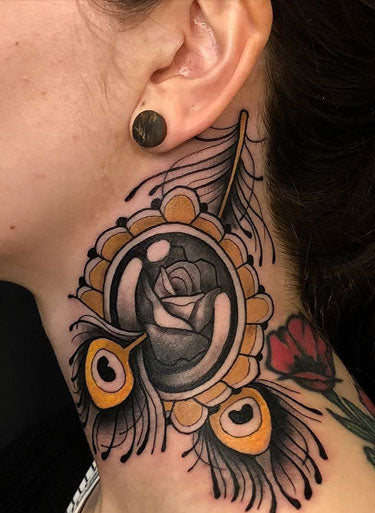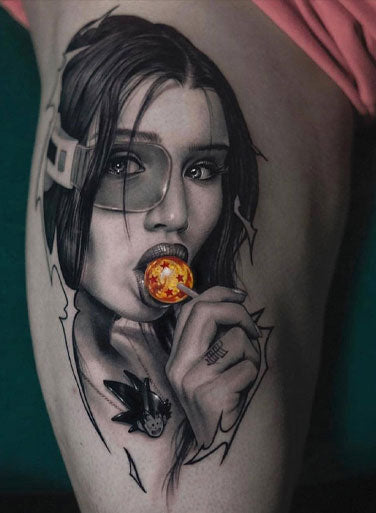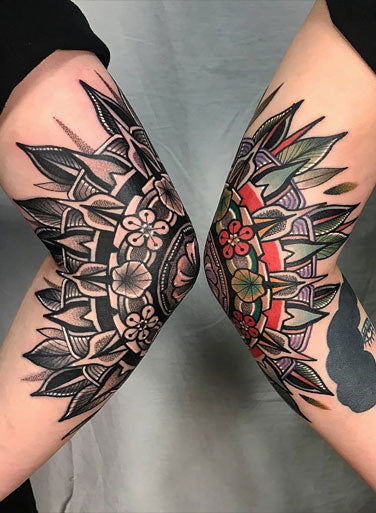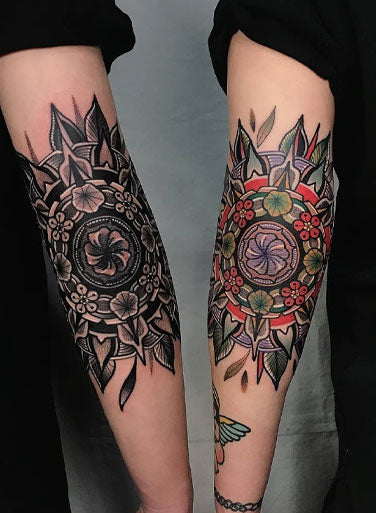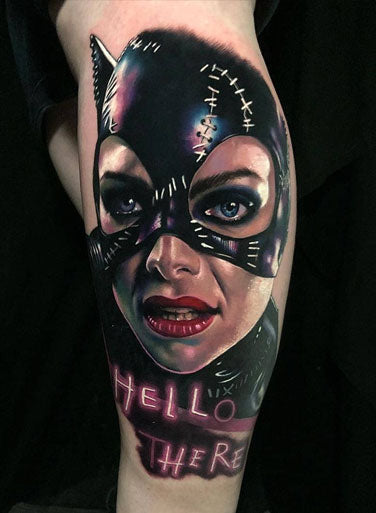The industry has embraced the use of a tattoo cartridge, which is fast and convenient. Nevertheless, this has been accompanied by the emergence of negative dangers, which are not initially apparent, through the emergence of cheap and mass-produced selections. In the case of professional artists and discriminating clients, the distinction between quality and cost is of primary importance.
1. What Is The Single Most Critical Safety Component In A Tattoo Cartridge?
The most significant part is the safety membrane. It is a thin and elastic cover (usually a medical-grade silicone or plastic) that is slipped over the foundation of the needle cluster.
· Its Major Use: To provide a one-way outflow, so that the back, inflow of ink, blood, and other effective fluids within the cartridge will not flow back into the pressure of the tattoo machine, and its motor casing.
· The Hidden Cost: In budget cartridges, the material used to make the membrane can be of lower quality, poorly sealed, or absent. The holes in the membrane or its complete absence are a direct pathway of cross-contamination between the liquid flows of a client and the non-sterilizable internal parts of the machine.
This poses a serious threat to the health of the artist and the client as well, and they could transmit blood-borne pathogens.
2. How Does The Quality Of The Membrane Affect A Tattoo Machine's Longevity?
A good all-sealed safety membrane is essential for the protection of the expensive parts of your rotary or pen-style tattoo machine.
Contaminant protection: Ink and moisture will, in a short period of time, short-circuit or corrode sensitive electronic and mechanical materials inside the machine. Even the reputable manufacturers (such as Cheyenne) explicitly mention that their product warranties do not tend to apply to damage to the ink caused by a defective cartridge membrane.
Financial Consideration: The cost of a replacement high-end machine or spending on a professional repair for damaged internal fluids will greatly exceed the low cost savings of returning to installing cheap, untested cartridges.
3. What Are The Common Consistency And Performance Issues With Low-Quality Needles?
Consistency is the backbone of professional tattooing, and cheap cartridges often fail in this regard, leading to poor results and increased skin trauma.
|
Issue |
Description |
Impact on Tattooing |
|
Needle Wooble/Instability |
Poorly guided or manufactured needles that "dance" or shake within the cartridge housing. |
Makes precise line work impossible, leading to blurry, inconsistent lines and uneven saturation. |
|
Dull or Imperfect Needles |
Needles that are not perfectly straight, ultra-sharp, or free of microscopic burrs (rough edges). |
Dull needles can cut the skin rather than smoothly penetrate it, causing excessive trauma, bleeding, swelling, and poor healing. |
|
Inconsistent Ink Flow |
Cartridge tips that are not perfectly shaped or have a poor reservoir design. |
Leads to "skipping" or "dumping" ink. The artist must constantly dip, disrupting the flow, or the line work will be patchy and faded. |
|
Needle Splaying |
Particularly in fine liners, the needle grouping separates under pressure, turning a tight liner into a round shader. |
Ruins fine line detail and requires the artist to discard and replace the cartridge, wasting time and money. |
Table 1.1
4. Why is the plastic housing material important, and what is "medical-grade"?
Quality assurance of performance and injury prevention should be accomplished by the high quality and safety of the materials used to make the housing and tip of the cartridge.
· Medical-Grade Plastic: A credible cartridge needs to utilize plastics (such as polycarbonate or polypropylene) that satisfy the demanding medical-grade requirements. These are non-toxic and non-reactive, and are durable and can survive the Ethylene Oxide (EO) gas sterilization process without decomposition.
· The Danger of Sub-medicalplugins: The non-medical grade or recycled plastics may be brittle, resulting in cracking or ejection during a session. What is more important is that they might have untested chemicals, which might easily flow into the skin during tattooing, giving an untraceable health hazard.
5. How can I verify that a cartridge is truly sterile and safe?
Always ensure giving preference to brands where quality control and sterilization are done openly.
· EO Gas Sterilization: All single-use tattoo cartridges are to be sterilized with Ethylene Oxide (EO) gas and come packaged in blister packaging that is not tampered with.
· Evidence of sterility: There should be a clearly printed representation on the reputable cartridge package:
· "Sterile" or an indicator of sterilization.
· The Lot Number (traceability).
· The Expiration Date.
· ISO Certification: Seek manufacturers who are in ISO certified (International Organization for Standardization) factories, that is, have a concern for the world-leading manufacturing standards and quality control.
Cheap cartidges are not only harmful for the clients, they can also severely damage the reputation of the tattoo shop, which will impact in work.
FAQs
Q: Are all cartridges with a "membrane" equally safe?
No. Though membrane is used in all reputable cartridges, cheaper versions can utilise low-tension rubber or unsealed plugs that break under the pressure of tattooing. One that qualifies as a functional membrane is one that is crafted of medical-grade, high-quality material, wholly sealed, and always devoid of backflow, and hence testing compliance, as such as the European standard of EN 17169, is a seal of quality.
Q: Can I use a faulty cartridge just for practice skin?
Although there is no risk of cross-contamination on practice skin, having an incorrect or unreliable cartridge (e.g., with needle wobble or poor flow) is harmful to training. Using the tools that are of low quality encourages the use of poor technique since you would get used to learn how to adjust to the poor quality of the tool, but never to master your trade. To be in practice, always use the same cartridges of a constantly high quality that you will make use of, with clients.
Q: How can I tell if a cartridge is cheap just by looking at it?
There are a few visual cues of substandard quality: a lack of transparency in the plastic tip (it must not be hazy, scratched, or exhibit visible ridges), absence of clear labeling of sterility/lot number, or visible discontinuities in the grouping of needle tips in a wiggled way. But the most essential part, the integrity of the membrane, is usually internal and cannot be checked without testing, and therefore, brand trust and sourcing are very important.







 CustomIronsTattooSupplies
CustomIronsTattooSupplies